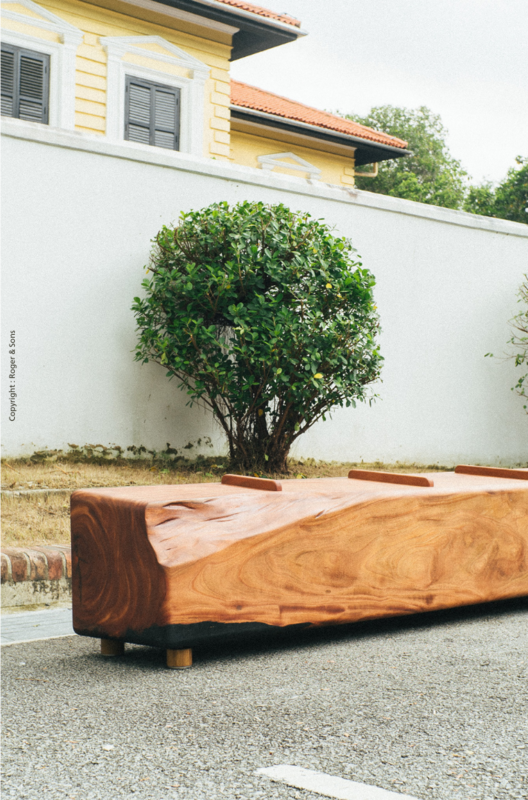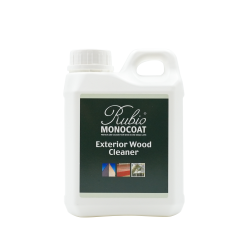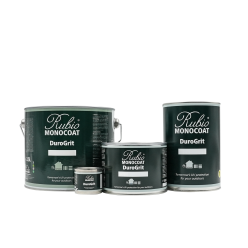
How to Restore Wooden Garden Furniture: A Complete Guide
Wooden garden furniture adds a warm, natural touch to outdoor spaces, creating an inviting area to relax and entertain. However, exposure to the elements can take its toll, leading to wear and damage over time.
Wooden garden furniture adds a warm, natural touch to outdoor spaces, creating an inviting area to relax and entertain. However, exposure to the elements can take its toll, leading to wear and damage over time. Learning how to restore wooden garden furniture not only preserves the beauty and functionality of these pieces but also extends their lifespan, ensuring they remain a cherished part of your garden for years to come. So in this article, we’ll show you how to restore wooden garden furniture to its former glory by using proper tools, materials and techniques.
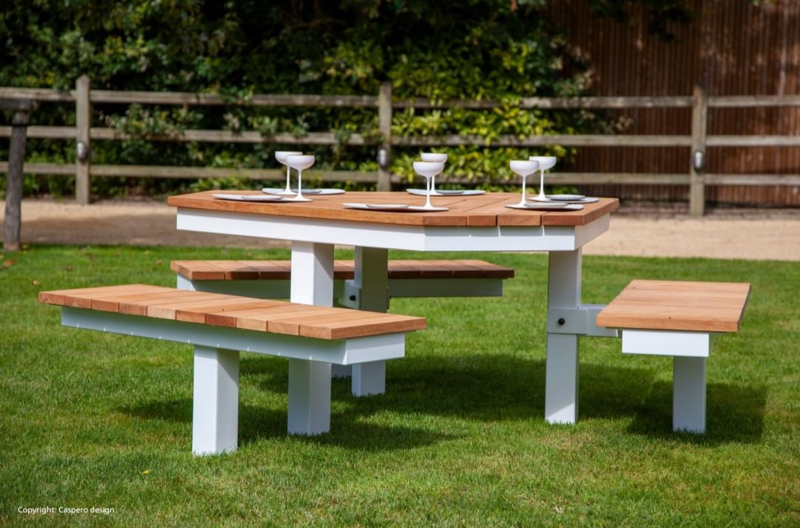

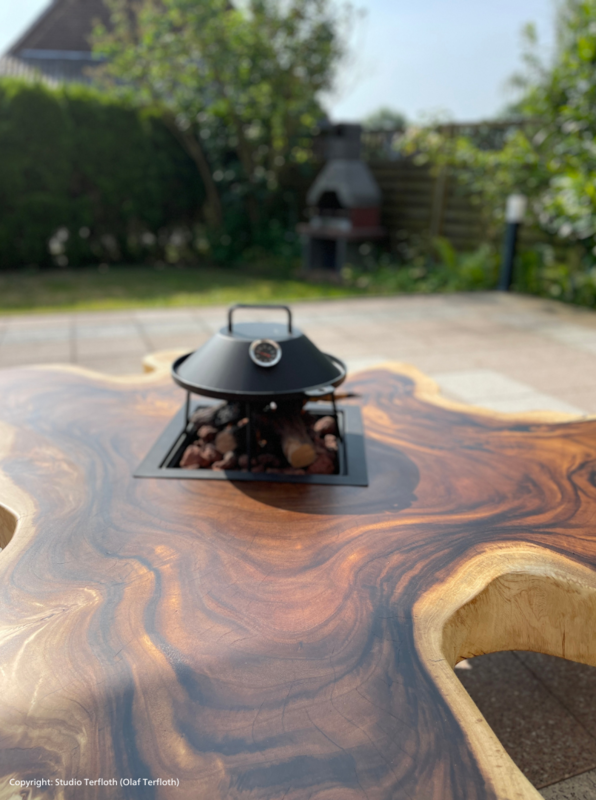

Assessing the Condition
One of the first things you’ll want to do when restoring garden furniture is to assess its condition and look at what you’re dealing with. Look for signs of wear like fading and discolouration, which indicate prolonged exposure to sunlight and weather. Mould and mildew are also common issues in humid environments, appearing as green or black spots. Equally important are structural concerns, such as loose joints, which compromise the furniture's stability. Identifying these issues early sets the stage for an effective restoration.
Gathering the Necessary Tools and Materials
A successful restoration requires the right tools and materials to do the job right. Begin with safety gear, including gloves and a mask, to protect yourself during the process. Sanding equipment is essential for removing old finishes and smoothing the wood surface. For small jobs, hand-sanding is viable but for larger jobs opting for a belt or orbital sander will make work much easier. For filling cracks and gaps, wood filler and putty are useful.
When it comes to the finishing touches, choose high-quality products like Rubio Monocoat's DuroGrit, which offers durable protection, and our Exterior Wood Cleaner for prepping the surface. Ensure you have appropriate applicators like brushes or cloths for these products.
Step-by-Step Restoration Process
Learning how to restore outdoor wooden furniture lets you embark on an incredibly rewarding project - and it isn’t too difficult if you do things properly. To help with this, take a look at our step-by-step restoration process for how to treat wooden garden furniture below:
- Preparation: Start by cleaning the furniture thoroughly using our Exterior Wood Cleaner. This step removes dirt and grime preparing the wood for further treatment. Make sure that you follow the product instructions carefully for the best results.
- Sanding: Choosing the right grit sandpaper is crucial; start with a coarser grit and progress to finer ones for a smooth finish. Use even, circular motions to avoid creating scratches. Pay special attention to tough spots like corners and crevices, ensuring an even sanding throughout.
- Filling and Repairing: Examine the furniture for gaps and cracks. Use wood filler or putty to fill these areas, smoothing the surface with a putty knife. Allow adequate drying time as per the product's instructions before proceeding to the next steps.
- Repairing Loose Joints: Loose joints not only affect the furniture's appearance but also its safety. Tighten any loose screws and consider applying wood glue for additional stability. Clamp the joints if necessary and allow sufficient time for the glue to set.
- Finishing: Selecting the right finish is crucial for both aesthetics and protection. Rubio Monocoat's DuroGrit is an excellent choice for its durability and ease of application. Apply the finish using a brush or cloth, following the grain of the wood. Be mindful of the drying and curing times to ensure optimal protection.
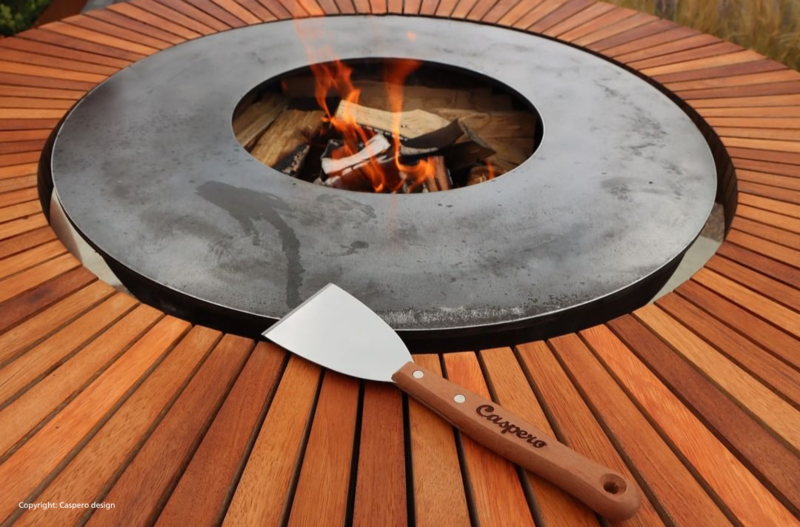

Routine Maintenance
Post-restoration, regular maintenance is going to be key for preserving your furniture's renewed look. Clean the furniture periodically to prevent the buildup of dirt and grime. Protect it from harsh weather conditions when possible, and follow a maintenance schedule based on the manufacturer’s recommendations and the furniture's exposure to the elements.
Benefits of Wooden Garden Furniture Restoration
Restoring wooden garden furniture is not just about aesthetics; it's a cost-effective alternative to buying new furniture. It preserves sentimental value, especially for heirloom pieces with personal history. This eco-friendly approach reduces waste, as restoring extends the life of existing furniture instead of contributing to consumerism. Most importantly, a well-executed restoration enhances both the beauty and functionality of your garden space, making it a more enjoyable place to spend time in.
